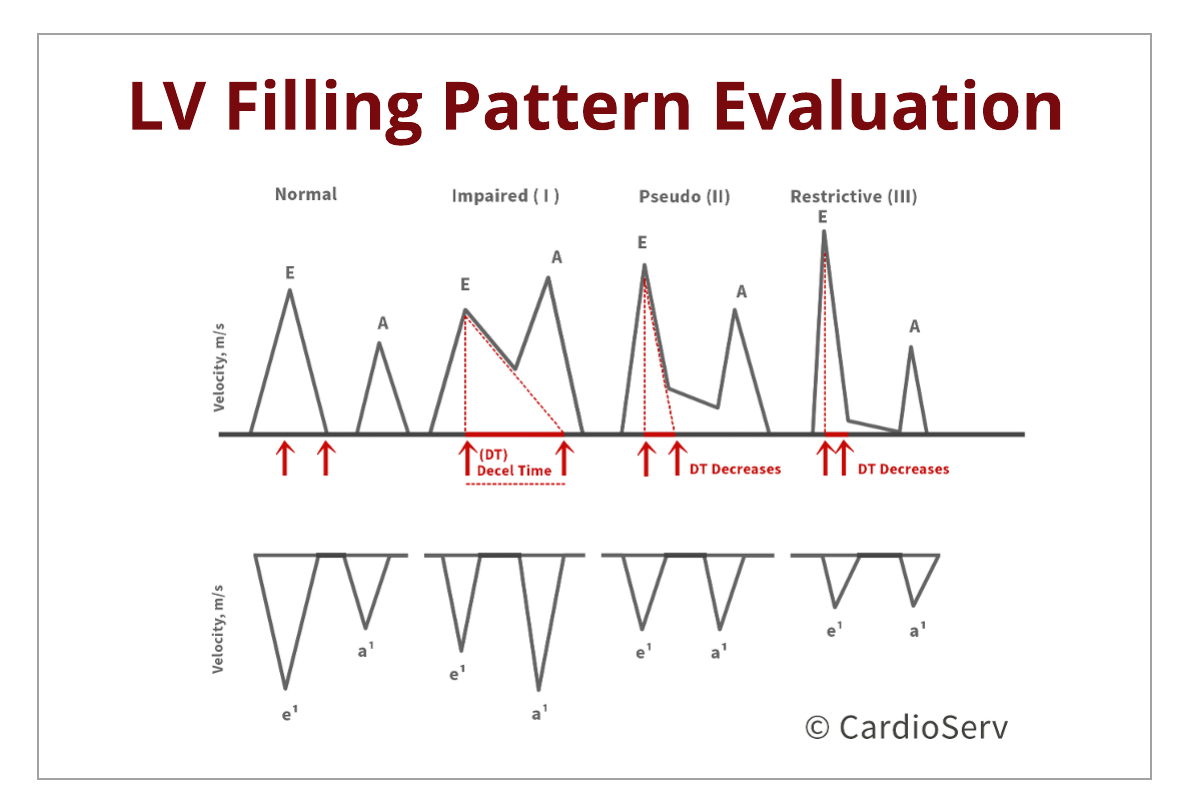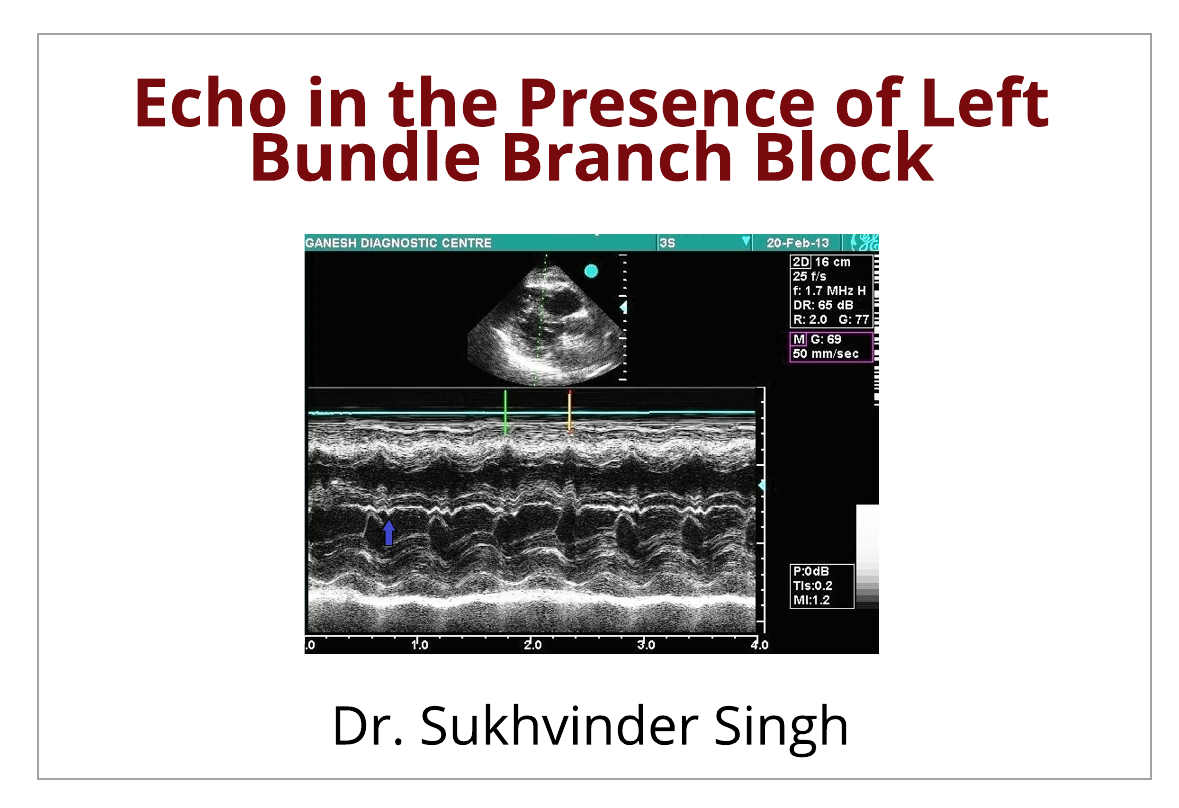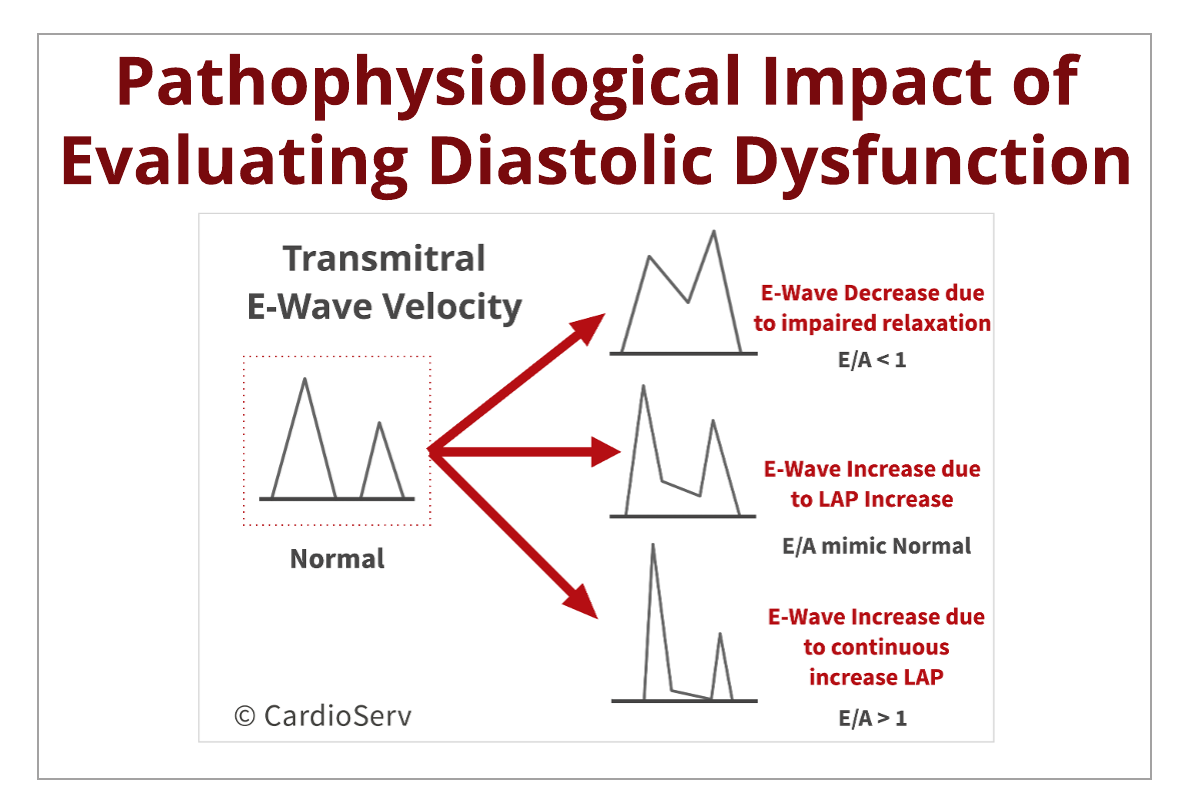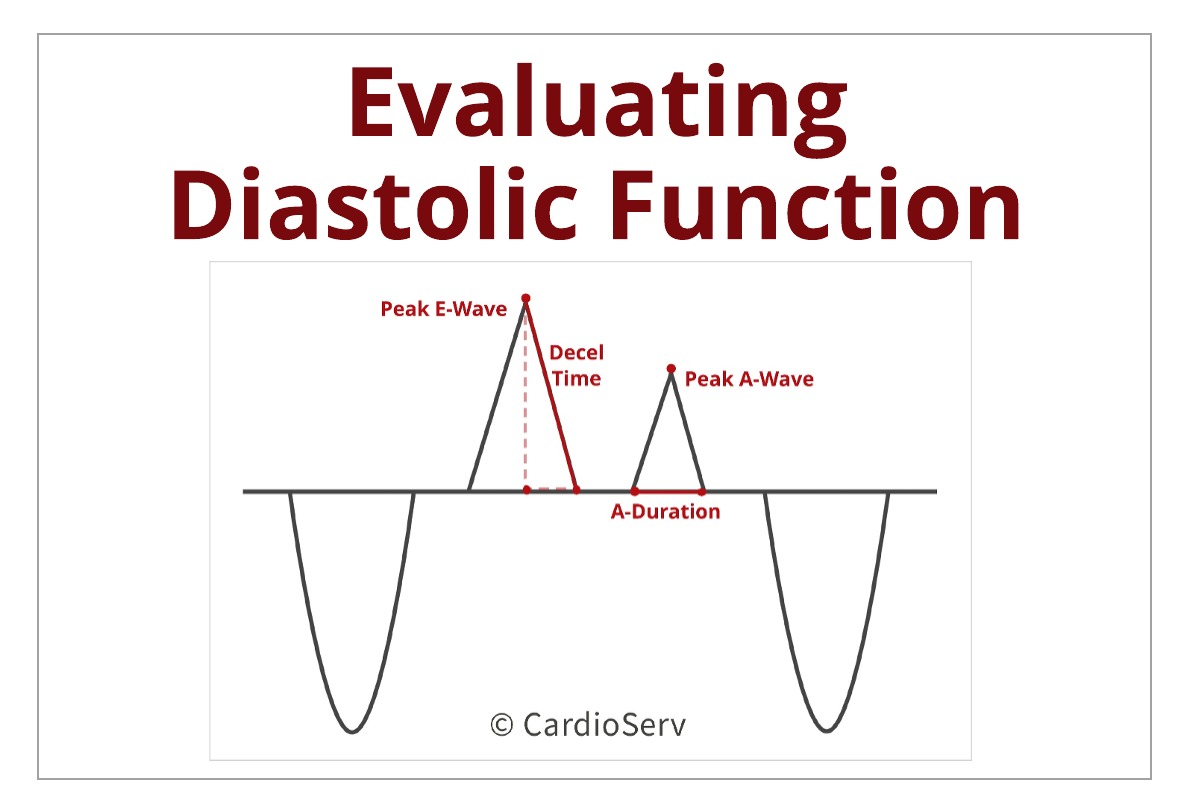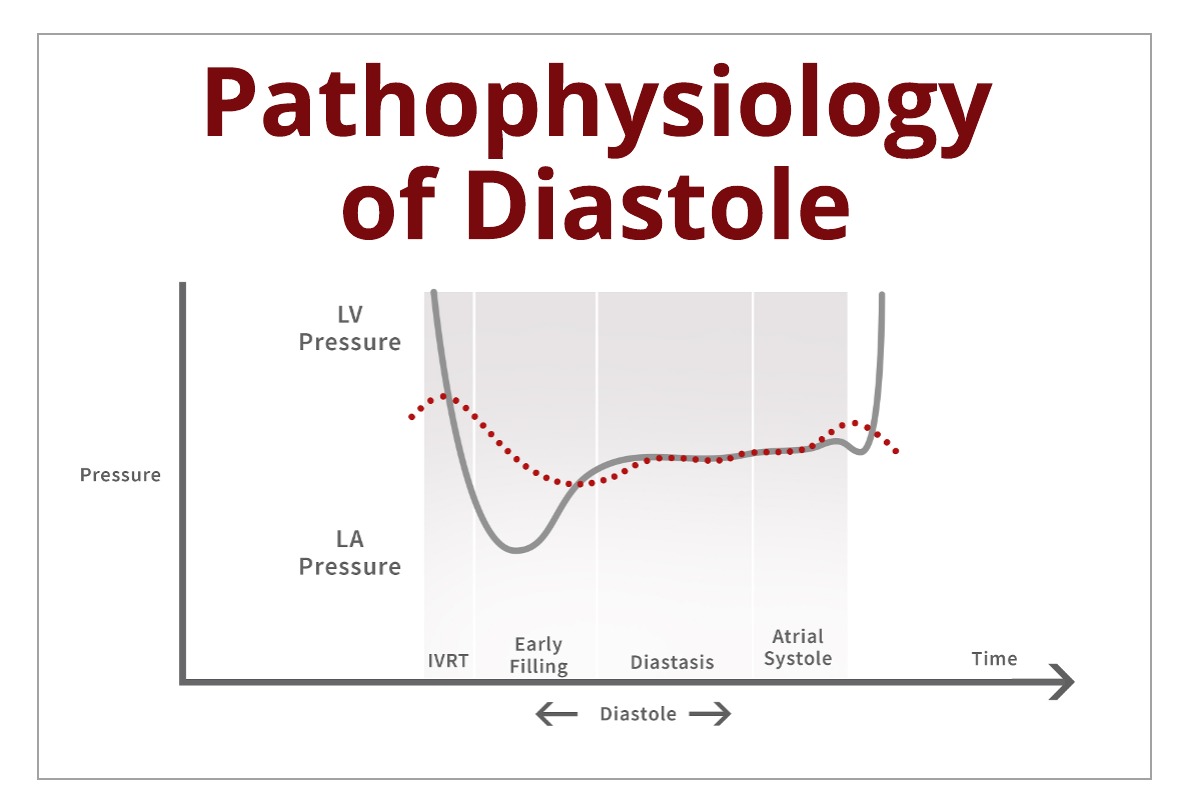Written by Andrea Fields MHA, RDCS
Let's discuss the transmitral filling patterns as the severity of diastolic dysfunction progresses. The transmitral pressure gradients are reflective upon the E & A-wave velocities. The waveforms are influenced by the ability of the ventricle to relax and the compliance of the LA to generate a...
Written by Dr Sukhvinder Singh
This week we are pleased to introduce our guest writer, Dr. Sukhvinder Singh. He will discuss the role of echocardiography in the presence of Left Bundle Branch Block Dr. Singh is a board certified cardiologist in India with 10 years of experience. He has worked at St. Stephen...
Written by Andrea Fields MHA, RDCS
Last week we discussed how the physiological determinants of diastole play a role in the evaluation method of determining diastolic function. This week, let's talk about how pathophysiological factors can alter the findings in the presence of diastolic dysfunction.
Diastolic Dysfunction...
Written by Andrea Fields MHA, RDCS
Diastolic function is a complex process that simply refers to how well the heart performs during diastole, as blood is suctioned from the left atrium (LA) towards the apex of left ventricle (LV) at a low-pressure filling state. When the heart is unable to fill properly, filling pressures increase...
Written by Andrea Fields MHA, RDCS
Over the past weeks, we have gone back to the basics to have a good understanding of what occurs during diastole in order to properly evaluate diastolic function. If you've missed our prior blogs, you can find them here:
Understanding Diastole
Physiology of Diastole
Our goal by the end...
 Cardioserv Blog
Cardioserv Blog